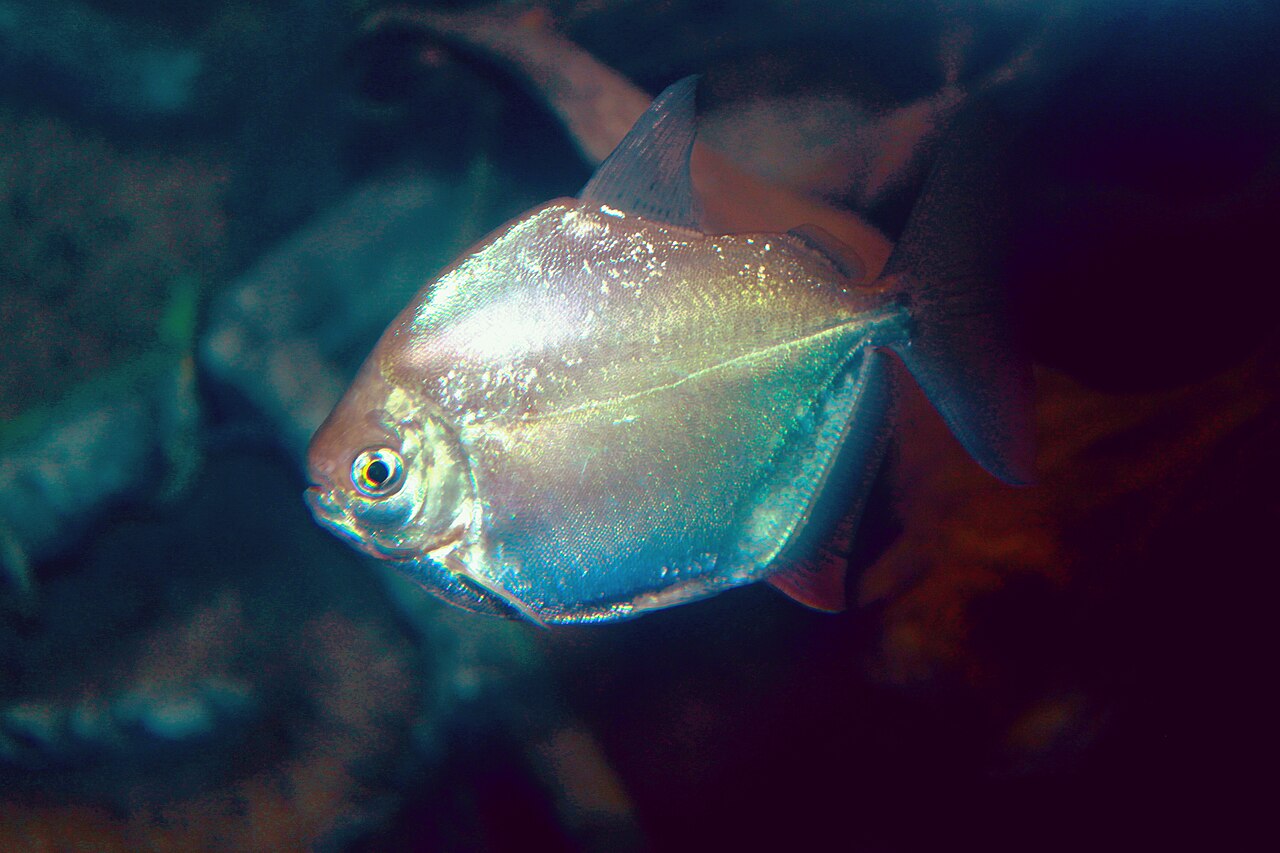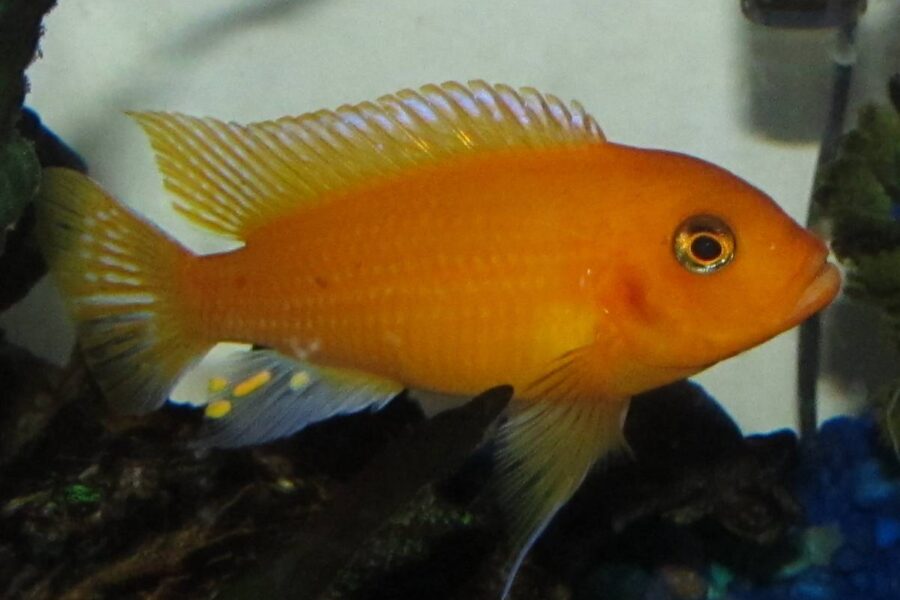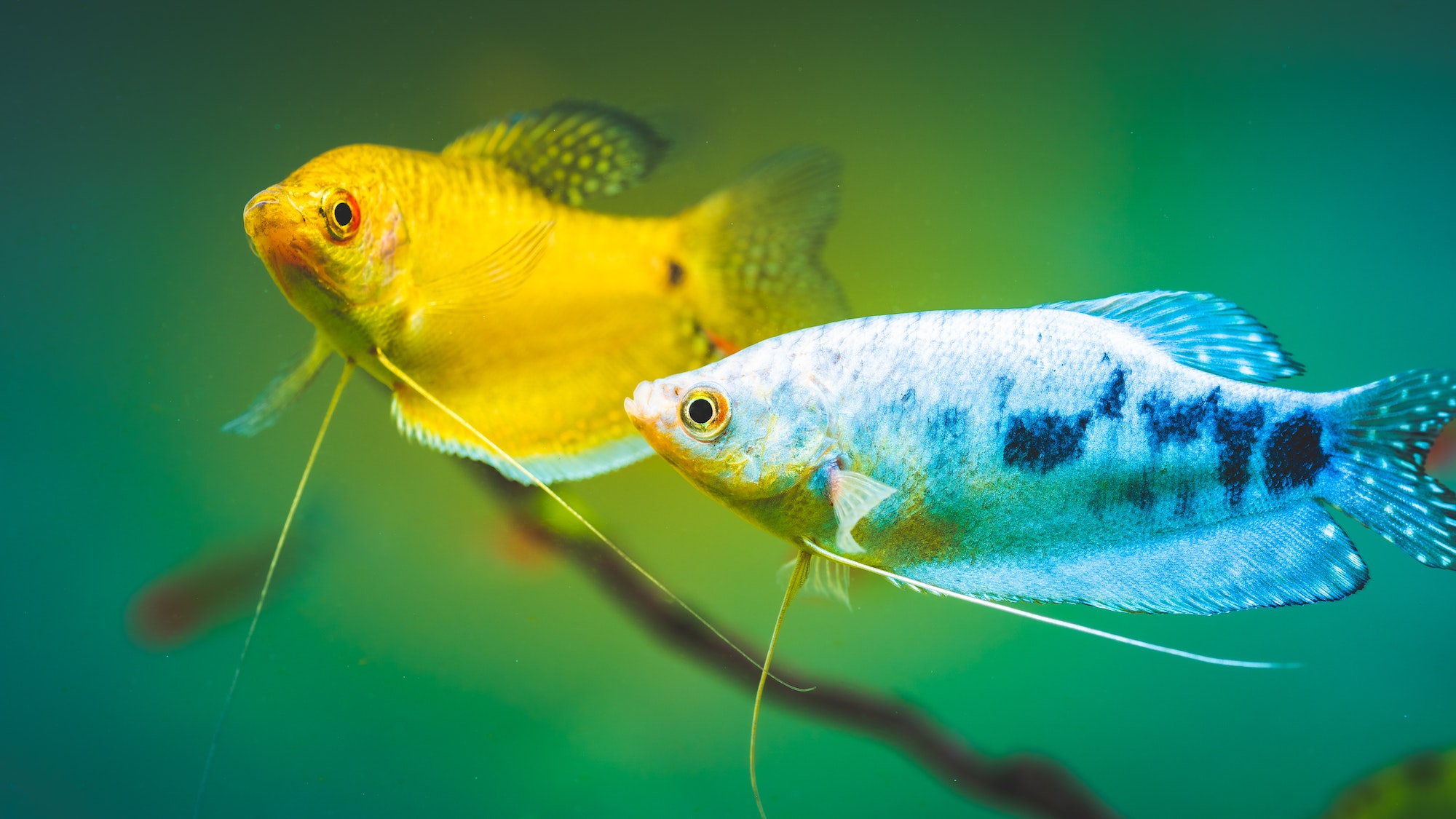In the vast world of aquatic wonders, the Silver Dollar fish (Metynnis argenteus) stands out as a captivating species that has captured the hearts of aquarium enthusiasts worldwide. With its shimmering, coin-like appearance and intriguing behavior, this mid-dwelling fish is a sight to behold. Let us embark on a journey to uncover the secrets of the Metynnis argenteus and explore its fascinating characteristics.
Table of Contents
Hailing from the warm waters of South America, the Silver Dollar fish belongs to the Characidae family, making it a distant relative of the well-known tetra species. This fish has been gracing aquariums for decades, with its history dating back to the early 20th century when it was first introduced to the hobby.
One of the most striking features of the Silver Dollar fish is its unique appearance. Its round, flattened body is adorned with shimmering silver scales that resemble a polished coin, hence its common name. But beyond its aesthetic appeal, the Metynnis argenteus boasts a range of interesting characteristics that make it a favorite among aquarists.
As a mid-dwelling species, the Silver Dollar fish prefers to occupy the middle layers of the aquarium, gracefully swimming among plants and decorations. With a peaceful temperament, it makes an excellent addition to community tanks, coexisting harmoniously with other non-aggressive fish. However, it is essential to note that the Silver Dollar fish is a herbivore, and its diet primarily consists of vegetable matter, including algae, blanched spinach, and specially formulated herbivore pellets.
When it comes to tank mates, the Silver Dollar fish thrives in the company of its own kind, forming tight-knit schools that create a mesmerizing display. It also gets along well with other peaceful fish species, such as tetras, rainbowfish, and larger peaceful bottom-dwellers like plecos.
Interestingly, the Silver Dollar fish is known by various names in the aquarium trade. Some may refer to it as the Silver Discus or the Metynnis Dollar, adding to its mystique and allure.
Fun fact: Did you know that the Silver Dollar fish is not only a beautiful addition to your aquarium but also plays a vital role in maintaining a balanced ecosystem? As an algae-eater, it helps control the growth of unwanted algae, keeping your tank clean and healthy.
In terms of care requirements, the Silver Dollar fish is relatively easy to maintain. It prefers a well-planted aquarium with plenty of open swimming space and a moderate current. Regular water changes and a balanced diet are essential to keep this fish thriving. With proper care, the Metynnis argenteus can grow up to 6 inches in length and live for several years, providing endless hours of enjoyment for its keepers.
As we conclude our exploration of the Silver Dollar fish, it is clear that this remarkable species is a true gem in the world of aquarium keeping. Its unique appearance, peaceful nature, and interesting behaviors make it a popular choice among fish enthusiasts. Whether you are a seasoned aquarist or a newcomer to the hobby, the Metynnis argenteus is sure to add a touch of elegance and intrigue to your aquatic paradise.
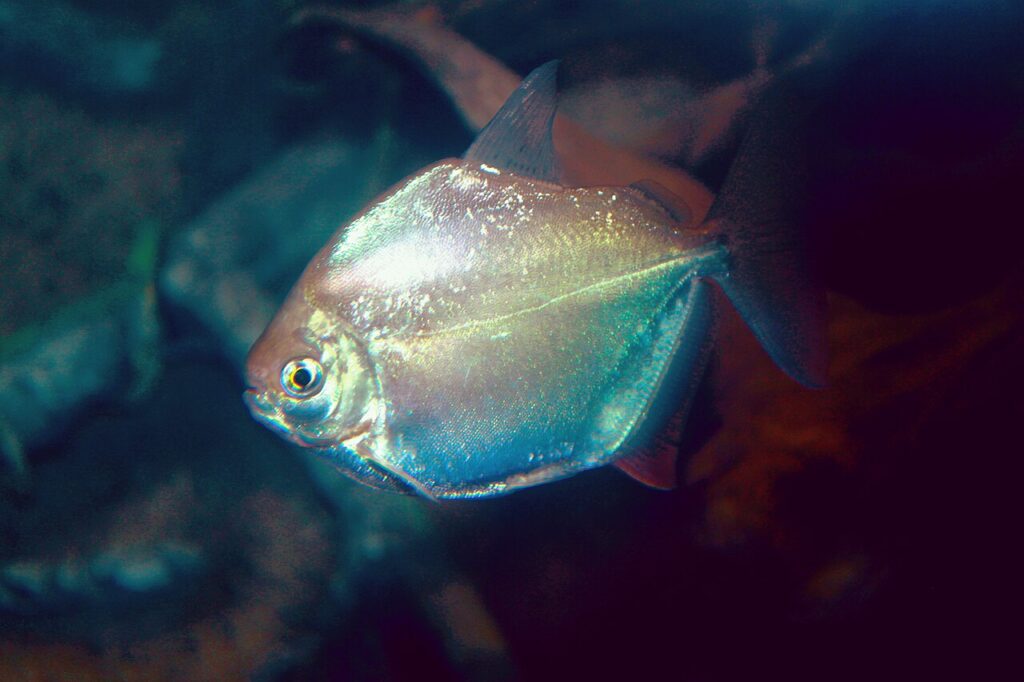
Key Information
The Silver Dollar fish (Metynnis argenteus) is a stunning species that captivates aquarium enthusiasts with its unique appearance. Its round, flattened body is adorned with shimmering silver scales, reminiscent of a polished coin. The silvery hues are complemented by subtle hints of iridescence, creating a mesmerizing display as the fish gracefully swims through the aquarium.
| Family | Characidae |
| Origin | South America |
| Price | Moderate |
| Common Names | Silver Dollar, Silver Discus, Metynnis Dollar |
| Variants | None |
| Ideal Tank Size | 50 gallons or larger |
| Water Parameters | Temperature: 72-82°F (22-28°C), pH: 6.0-7.5, Hardness: 5-12 dGH |
| Lifespan | 5-10 years |
| Full Size | Up to 6 inches (15 cm) |
| Natural Environment | Slow-moving rivers and tributaries |
| Behavior | Peaceful, schooling |
| Habitat Preference | Mid-dwelling, among plants and decorations |
| Aquarium Decoration | Well-planted with open swimming spaces |
| Ideal Tank Mates | Other peaceful fish, such as tetras, rainbowfish, and larger peaceful bottom-dwellers |
| Fish to Avoid | Aggressive or territorial species |
| Best Foods/Diet | Herbivore, feeds on algae, blanched spinach, and herbivore pellets |
| Disease | Susceptible to common aquarium diseases if water quality is poor |
| Sex-Switch | No |
| Gender Differences | Difficult to distinguish |
| Care Level | Easy to moderate |
| Breeding Level | Difficult in captivity |
Ideal Tank Mates
When considering ideal tank mates for the Silver Dollar fish (Metynnis argenteus), it is essential to choose species that share similar water parameters, temperament, and habitat preferences. The peaceful and schooling nature of the Silver Dollar fish makes it a great addition to community tanks, as it can coexist harmoniously with a variety of other fish.
One of the key factors to consider when selecting tank mates for the Silver Dollar fish is their size. As the Metynnis argenteus can grow up to 6 inches in length, it is important to avoid smaller fish that may be perceived as prey. Additionally, it is crucial to steer clear of aggressive or territorial species that may harass or intimidate the Silver Dollar fish.
Here are 15 ideal tank mates for the Silver Dollar fish, along with explanations of why they are compatible:
1. Tetras
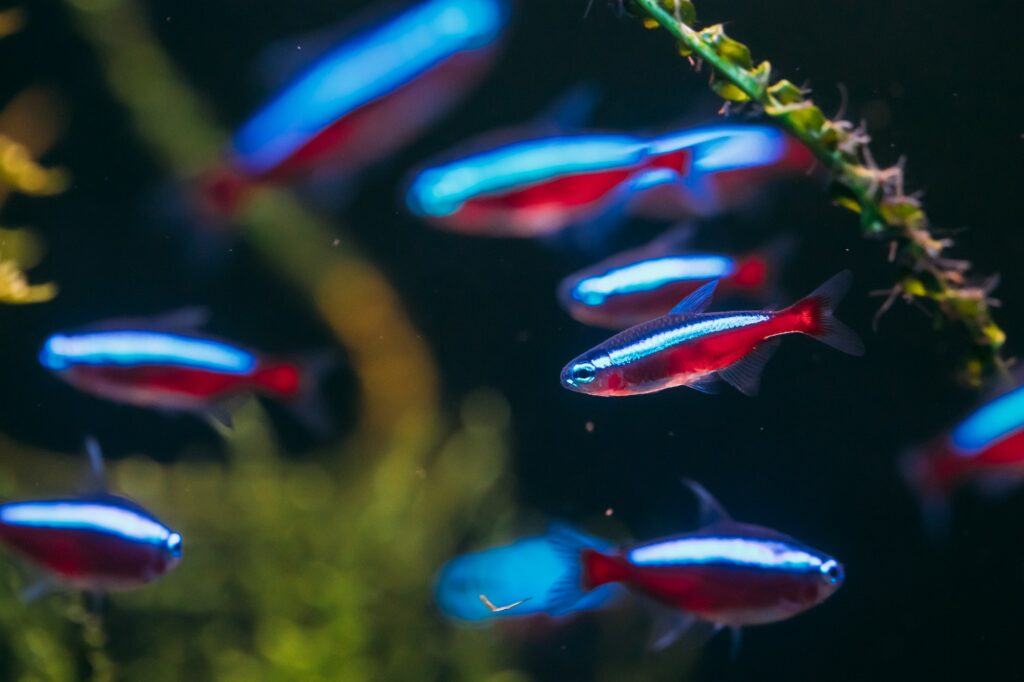
Tetras, such as Neon Tetras, Cardinal Tetras, and Rummy Nose Tetras, make excellent tank mates for Silver Dollar fish. They share similar water parameters and are peaceful schooling fish that will not compete for space or resources.
2. Rainbowfish
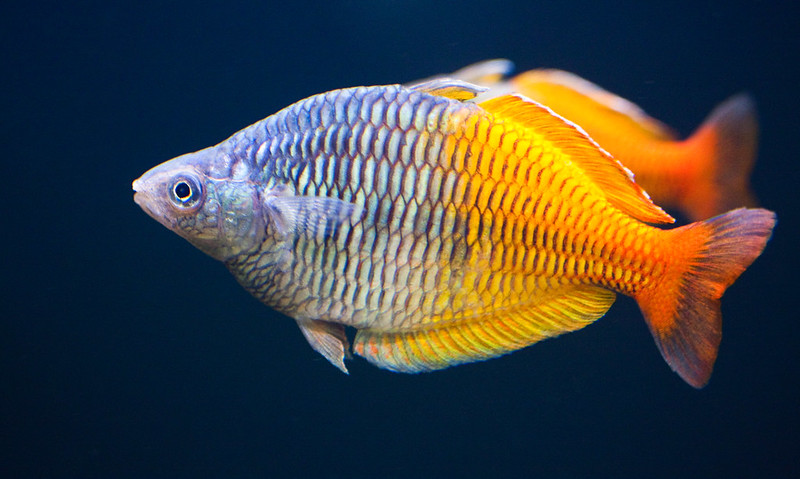
Rainbowfish, like the Boeseman’s Rainbowfish and the Neon Dwarf Rainbowfish, are another great option. They are peaceful, active swimmers that add a splash of color to the aquarium while coexisting peacefully with Silver Dollar fish.
3. Corydoras Catfish
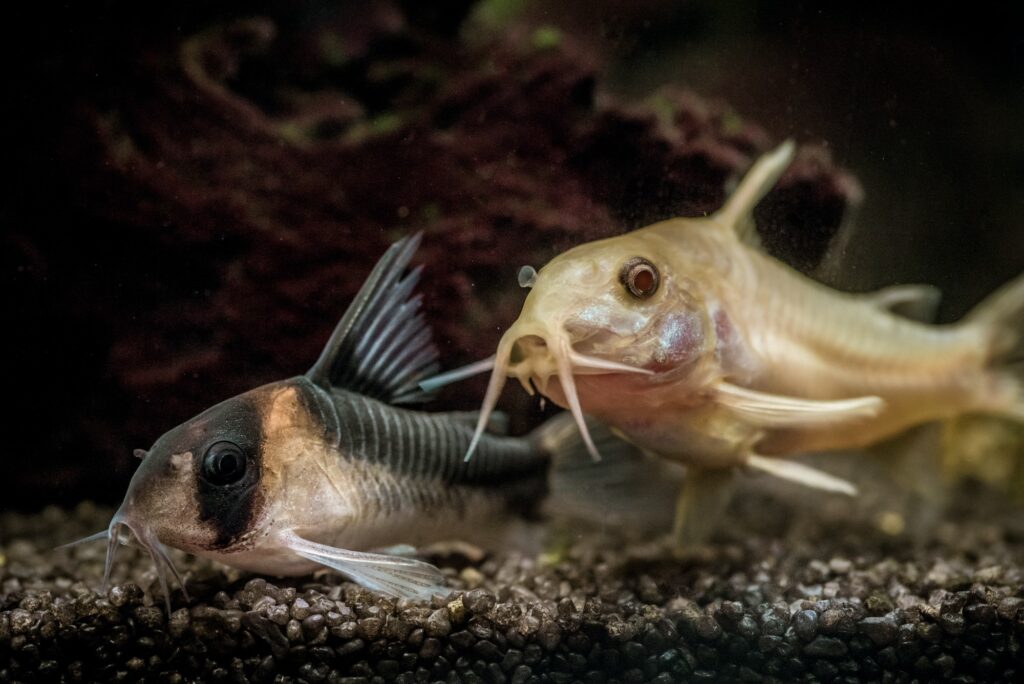
Corydoras Catfish, such as the Bronze Corydoras and the Panda Corydoras, are peaceful bottom-dwellers that help keep the substrate clean. They are compatible with Silver Dollar fish as they occupy different levels of the aquarium and do not compete for food.
4. Plecos
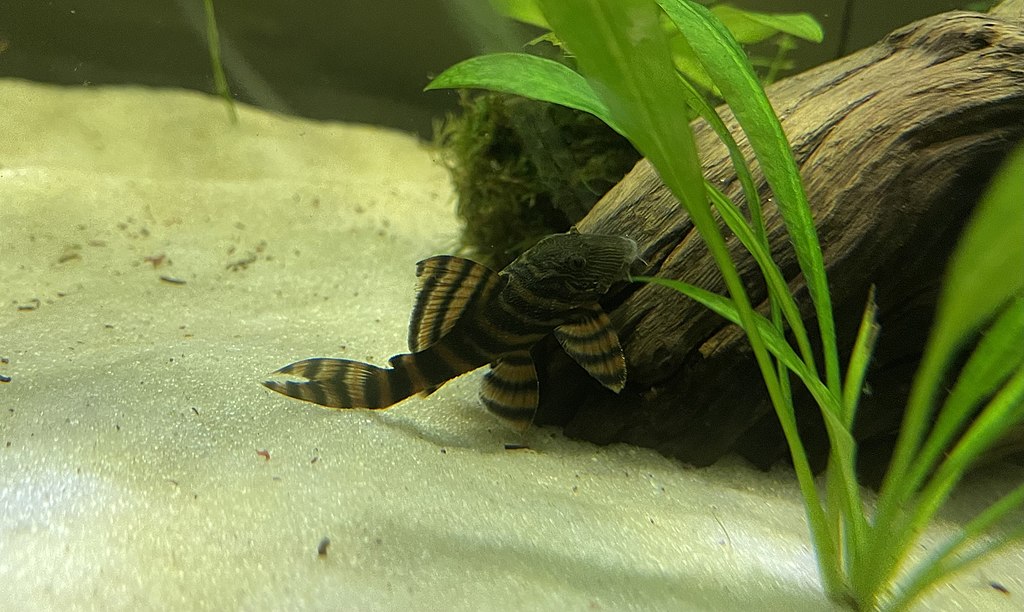
Larger peaceful Plecos, like the Bristlenose Pleco and the Clown Pleco, are excellent tank mates for Silver Dollar fish. They are herbivores that help control algae growth and are not aggressive towards other fish.
5. Gouramis
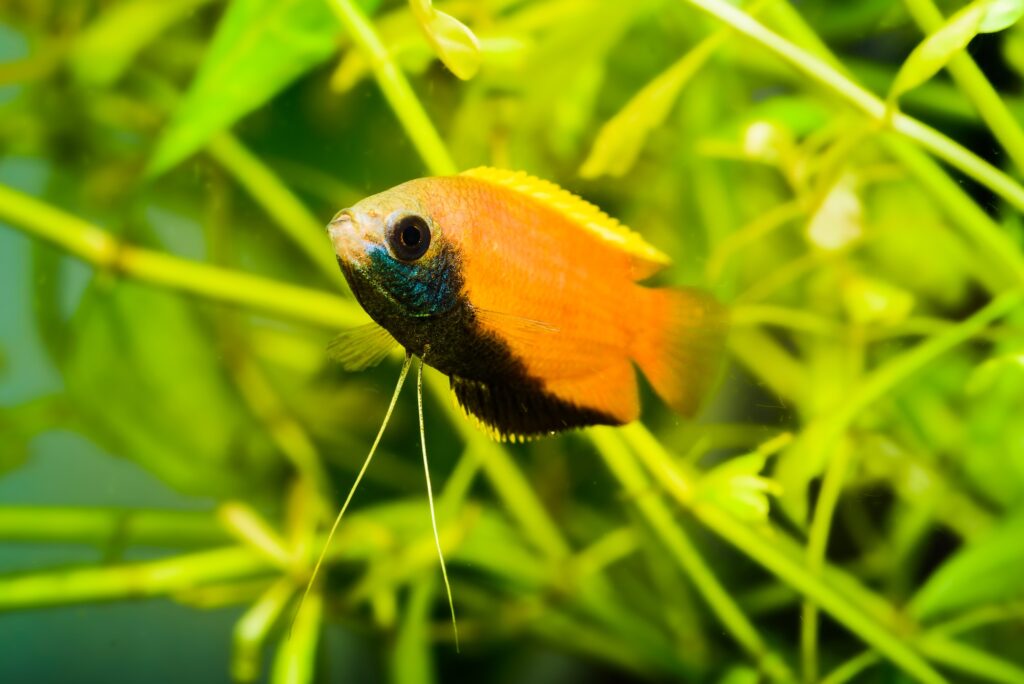
Peaceful Gouramis, such as the Pearl Gourami and the Honey Gourami, can coexist well with Silver Dollar fish. They are calm, non-aggressive fish that occupy the upper levels of the aquarium, leaving plenty of swimming space for the mid-dwelling Silver Dollars.
6. Angelfish
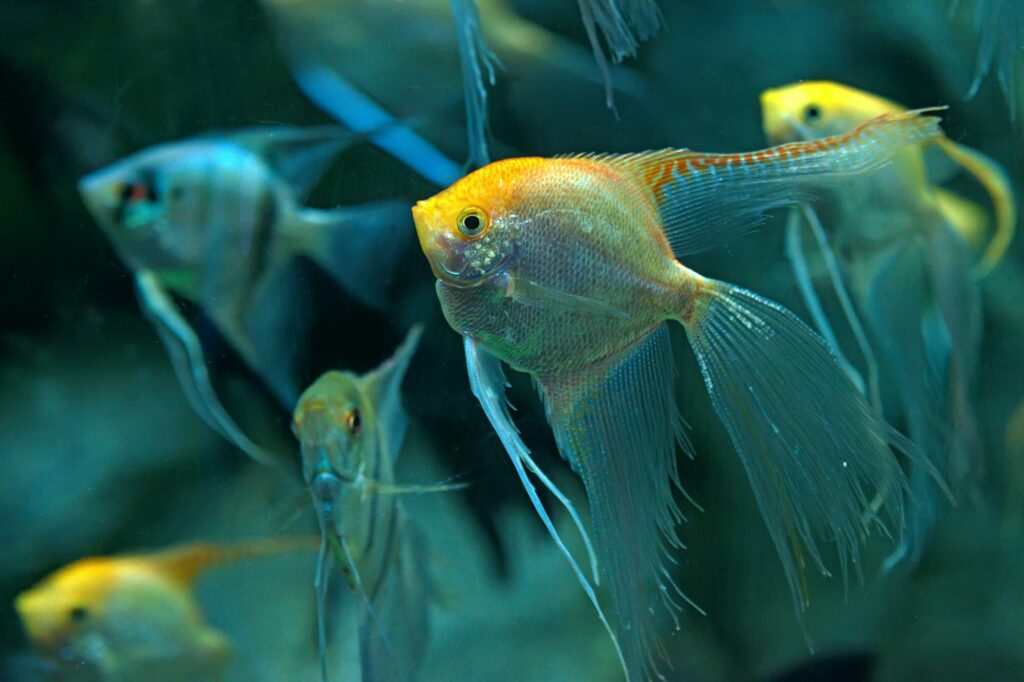
Angelfish, particularly the larger varieties like the Altum Angelfish and the Peruvian Angelfish, can be compatible with Silver Dollar fish. They are generally peaceful and share similar water parameters, but it is important to provide ample space and hiding spots to minimize potential territorial disputes.
7. Discus
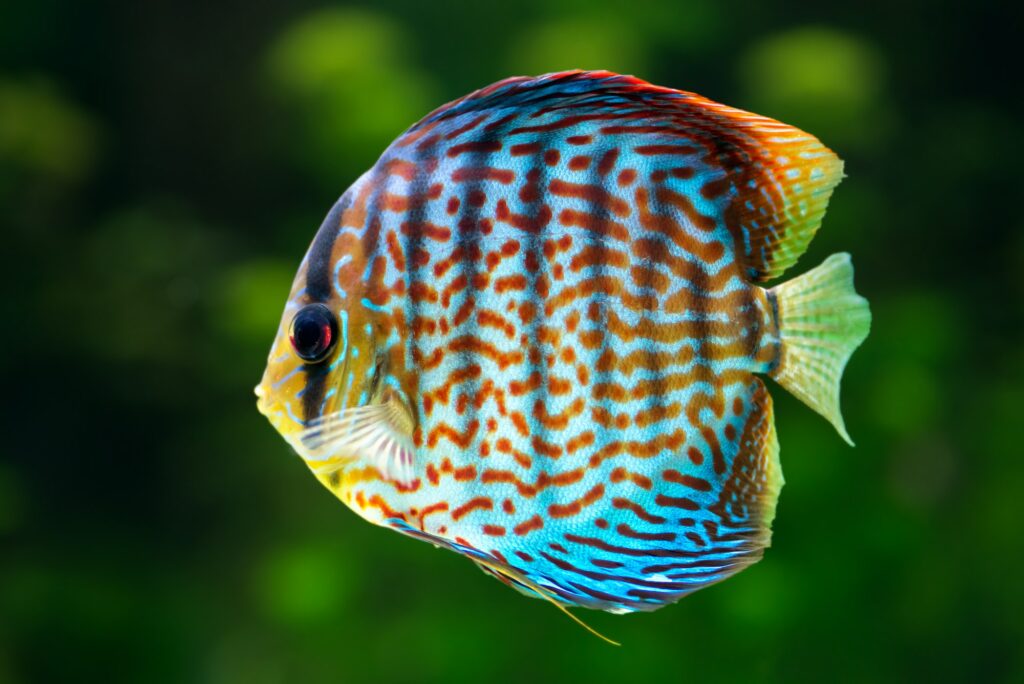
Discus fish, known for their stunning colors and unique shape, can be suitable tank mates for Silver Dollar fish. They are peaceful and prefer similar water conditions, but it is crucial to ensure that the aquarium is large enough to accommodate both species comfortably.
8. Barbs
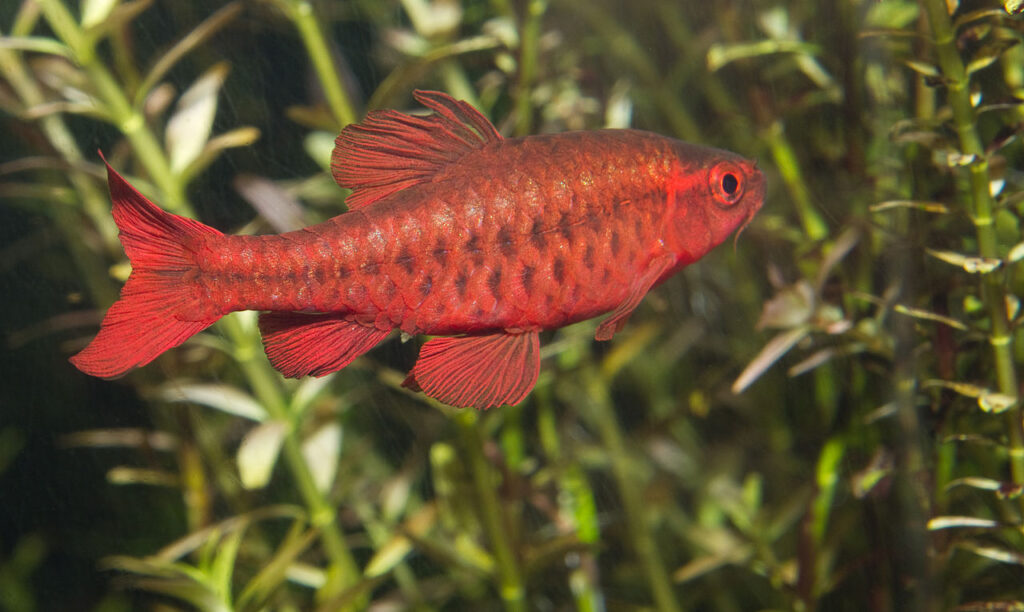
Peaceful Barbs, such as the Cherry Barb and the Odessa Barb, can make good tank mates for Silver Dollar fish. They are active swimmers that add visual interest to the aquarium while not posing a threat to the Silver Dollars.
9. Rasboras
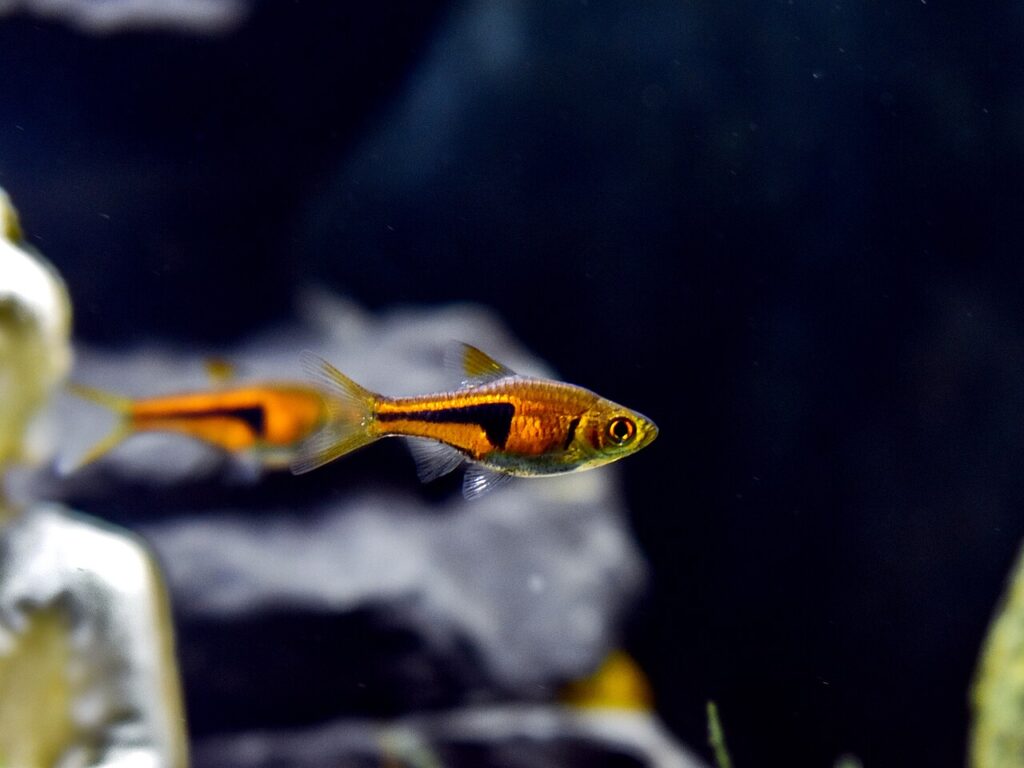
Rasboras, like the Harlequin Rasbora and the Lambchop Rasbora, are peaceful schooling fish that can coexist harmoniously with Silver Dollar fish. They occupy similar levels of the aquarium and do not compete for resources.
10. Loaches
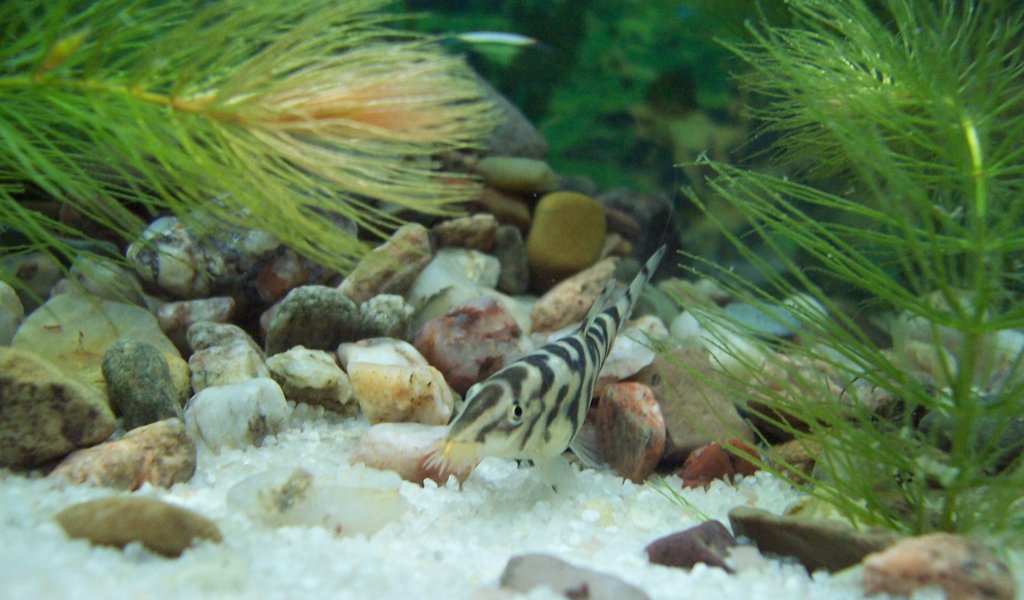
Peaceful Loaches, such as the Kuhli Loach and the Yoyo Loach, are compatible with Silver Dollar fish. They are bottom-dwellers that help keep the substrate clean and are not aggressive towards other fish.
11. Dwarf Cichlids
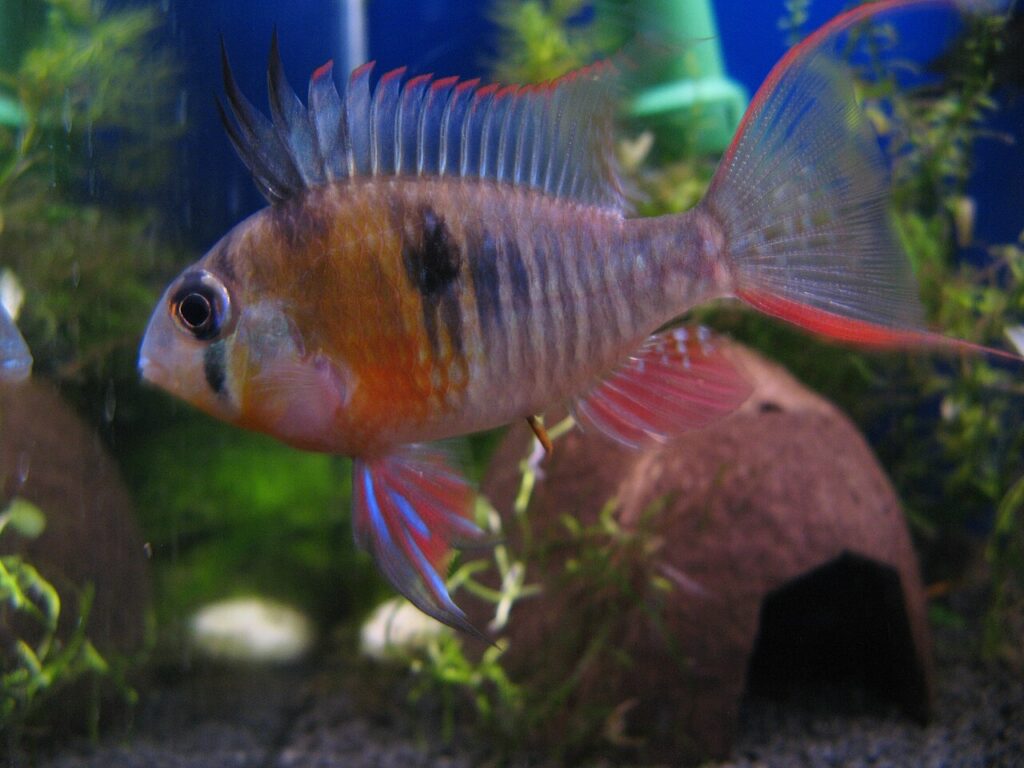
Peaceful Dwarf Cichlids, like the Bolivian Ram and the German Blue Ram, can be suitable tank mates for Silver Dollar fish. They are generally calm and non-aggressive, but it is important to provide plenty of hiding spots and territories to minimize potential conflicts.
12. Peaceful Sharks
Some peaceful shark species, such as the Red-Tailed Shark and the Rainbow Shark, can coexist with Silver Dollar fish. However, it is crucial to ensure that the aquarium is spacious enough and has plenty of hiding spots to prevent territorial aggression.
13. Pencilfish
Pencilfish, like the Beckford’s Pencilfish and the Coral Red Pencilfish, are peaceful schooling fish that can make good tank mates for Silver Dollar fish. They occupy similar levels of the aquarium and do not compete for resources.
14. Apistogramma
Peaceful Apistogramma species, such as the Cockatoo Dwarf Cichlid and the Panda Dwarf Cichlid, can be compatible with Silver Dollar fish. They are generally calm and non-aggressive, but it is important to provide plenty of hiding spots and territories.
15. Peaceful Livebearers
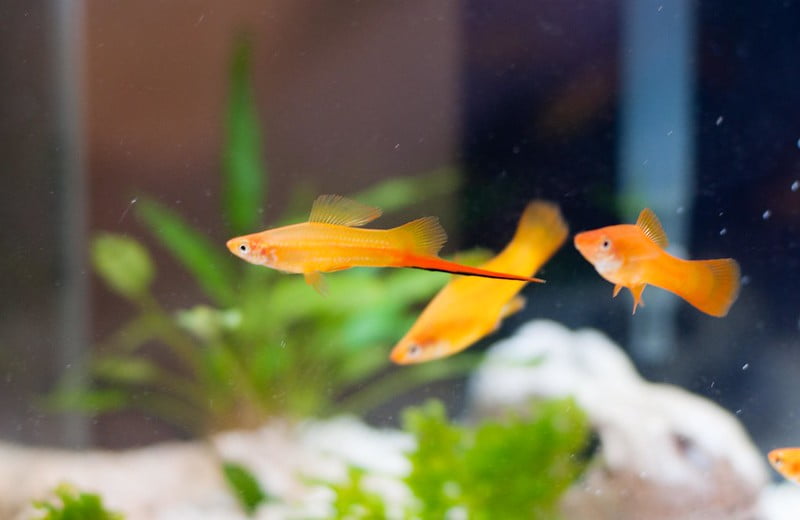
Some peaceful livebearers, like the Swordtail and the Platy, can coexist well with Silver Dollar fish. They are active swimmers that add visual interest to the aquarium while not posing a threat to the Silver Dollars.
FAQs
How many Silver Dollar fish should I keep together?
Silver Dollar fish are schooling species, which means they thrive in groups. It is recommended to keep at least five to six individuals together to ensure their comfort and well-being. Keeping them in larger groups will not only make them feel more secure but also create a stunning visual display in your aquarium.
Can Silver Dollar fish live with live plants?
While Silver Dollar fish are primarily herbivores and may nibble on live plants, they can coexist with certain species of aquatic vegetation. Hardy plants like Java Fern, Anubias, and Amazon Sword are less likely to be consumed and can provide hiding spots and natural decoration in your aquarium. However, it is essential to monitor the plants closely and be prepared to replace them if necessary.
How often should I feed my Silver Dollar fish?
It is recommended to feed your Silver Dollar fish small portions of food two to three times a day. As herbivores, their diet should consist primarily of vegetable matter, such as blanched spinach, lettuce, and specially formulated herbivore pellets. Offering a variety of food items will ensure that they receive a balanced diet and maintain optimal health.
How do I prevent my Silver Dollar fish from jumping out of the aquarium?
Silver Dollar fish are known to be skilled jumpers, which means they can accidentally leap out of the aquarium if given the opportunity. To prevent this, it is crucial to keep your aquarium covered with a tight-fitting lid or hood. Ensuring that there are no gaps or openings will not only keep your fish safe but also minimize evaporation and maintain stable water parameters.
How often should I perform water changes for my Silver Dollar fish?
Regular water changes are essential to maintain a healthy environment for your Silver Dollar fish. It is recommended to perform a 25-30% water change every two weeks, using a gravel vacuum to remove debris and waste from the substrate. Be sure to treat the new water with a suitable dechlorinator before adding it to the aquarium to ensure the safety of your fish.
Can Silver Dollar fish be bred in captivity?
Breeding Silver Dollar fish in captivity can be challenging and is not commonly achieved by hobbyists. These fish have specific spawning requirements, including the need for a separate breeding tank with soft, acidic water and fine-leaved plants for egg deposition. If you are interested in breeding Silver Dollar fish, it is essential to research their specific breeding requirements and consult with experienced breeders for guidance.

